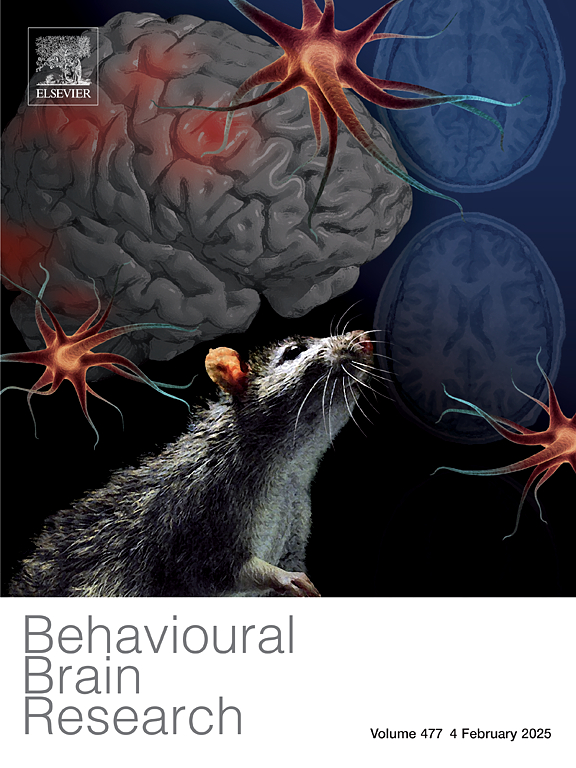吡拉西坦在血管性痴呆治疗中的作用机制
IF 2.6
3区 心理学
Q2 BEHAVIORAL SCIENCES
引用次数: 0
摘要
吡拉西坦是γ氨基丁酸的环衍生物,通过抑制神经炎症对神经退行性疾病具有神经保护作用。吡拉西坦增强乙酰胆碱对毒蕈碱受体的作用,从而改善学习和记忆。此外,吡拉西坦通过调节离子通道增加参与认知功能的不同神经递质的活性。令人兴奋的是,吡拉西坦通过抑制纤维蛋白原增加红细胞的变形能力和减少红细胞对血管内皮的粘附来改善血流;因此,它可以改善微循环,并可用于血管性痴呆(VaD)的管理。此外,吡拉西坦通过减少线粒体功能障碍和氧化应激改善VaD患者的认知功能。因此,吡拉西坦对VaD具有神经保护作用。然而,吡拉西坦对VaD发生发展的确切神经保护机制尚不完全清楚。因此,本综述试图讨论吡拉西坦在VaD中的潜在作用。本文章由计算机程序翻译,如有差异,请以英文原文为准。
The mechanistic role of piracetam in the management of vascular dementia
Piracetam is a cyclic derivative of gamma aminobutyric acid, has a neuroprotective effect against neurodegenerative disease by inhibiting neuroinflammation. Piracetam augments the effect of acetylcholine on the muscarinic receptors thereby improving learning and memory. In addition, piracetam through modulation of ion channels increases the activity of different neurotransmitters involved in cognitive function. Excitingly, piracetam improves blood flow by increasing erythrocyte deformability and reducing adhesion of erythrocytes to the vascular endothelium by inhibiting fibrinogen; thus, it improves microcirculation and can be used in the management of vascular dementia (VaD). Also, piracetam improves cognitive function in VaD by reducing mitochondrial dysfunction and oxidative stress. Hence, piracetam has a neuroprotective effect against VaD. However, the exact neuroprotective mechanism of piracetam against the development and progression of VaD was not fully clarified. Consequently, this review attempts to discuss the potential effect of piracetam in VaD.
求助全文
通过发布文献求助,成功后即可免费获取论文全文。
去求助
来源期刊

Behavioural Brain Research
医学-行为科学
CiteScore
5.60
自引率
0.00%
发文量
383
审稿时长
61 days
期刊介绍:
Behavioural Brain Research is an international, interdisciplinary journal dedicated to the publication of articles in the field of behavioural neuroscience, broadly defined. Contributions from the entire range of disciplines that comprise the neurosciences, behavioural sciences or cognitive sciences are appropriate, as long as the goal is to delineate the neural mechanisms underlying behaviour. Thus, studies may range from neurophysiological, neuroanatomical, neurochemical or neuropharmacological analysis of brain-behaviour relations, including the use of molecular genetic or behavioural genetic approaches, to studies that involve the use of brain imaging techniques, to neuroethological studies. Reports of original research, of major methodological advances, or of novel conceptual approaches are all encouraged. The journal will also consider critical reviews on selected topics.
 求助内容:
求助内容: 应助结果提醒方式:
应助结果提醒方式:


